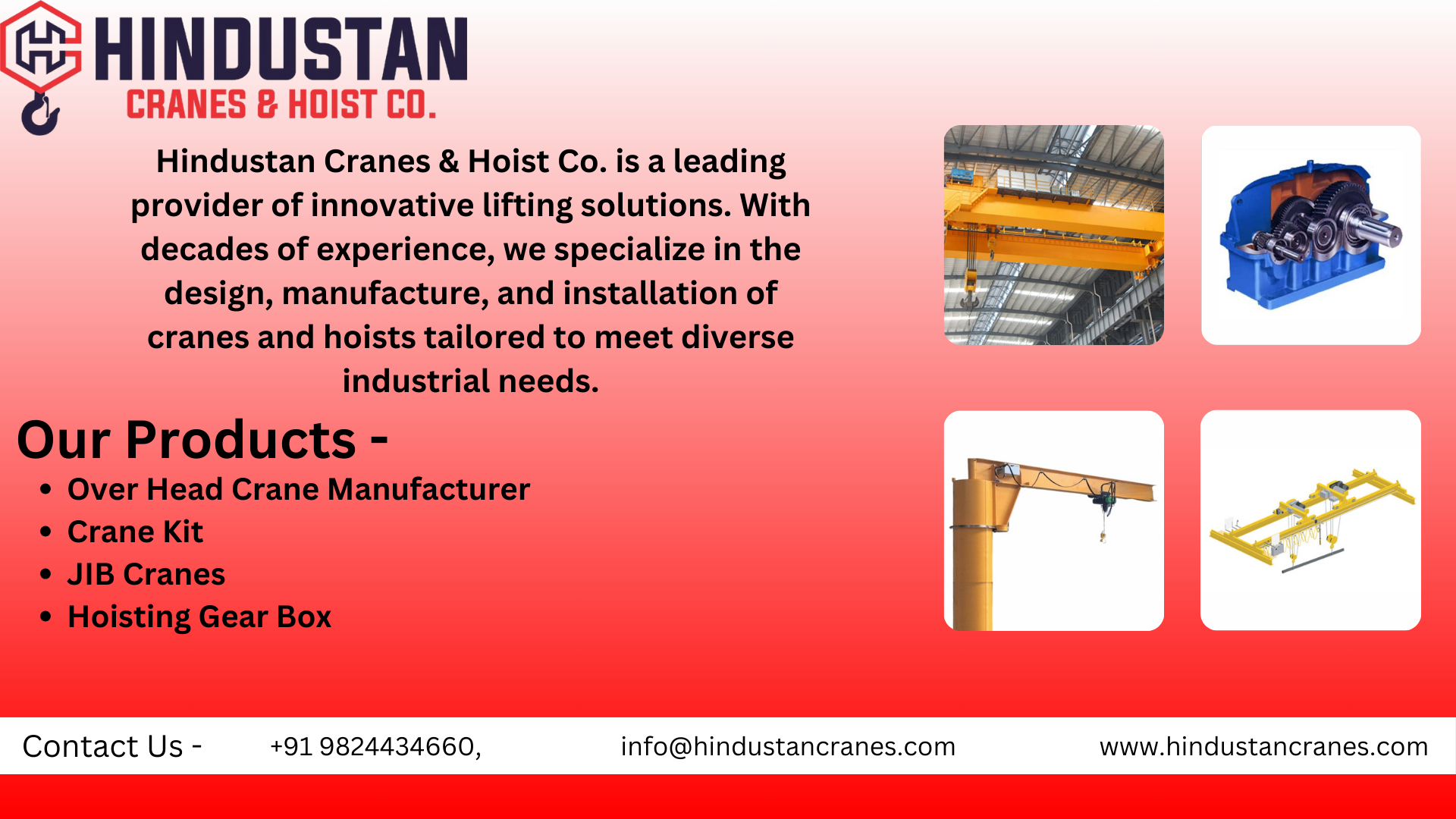EOT Crane
What Is an EOT Crane?
An EOT crane is a type of overhead crane used for lifting and moving heavy loads within a factory or industrial setting. It consists of parallel runways with a traveling bridge spanning the gap. The bridge carries a hoist, which moves along the bridge to lift and lower loads. EOT cranes are powered by electricity and are essential for efficient material handling in various industries.
How It's Made
EOT cranes are meticulously engineered and fabricated to meet specific industrial requirements. The manufacturing process involves:
-
Designing: Customizing the crane's specifications, including load capacity, span, and lifting height.
-
Fabricating: Constructing the crane's components, such as the bridge, girders, hoist, and trolley, using high-quality materials.
-
Assembling: Integrating the components to form a complete crane system.
-
Testing: Conducting rigorous tests to ensure safety, performance, and compliance with industry standards.
Where It's Used
EOT cranes are widely used across various industries, including:
-
Steel Plants: For handling heavy steel billets and slabs.
-
Automotive Manufacturing: In assembly lines for moving parts and components.
-
Construction Sites: For lifting building materials and equipment.
-
Shipyards: To handle large ship components during construction and repair.
-
Warehouses: For efficient storage and retrieval of goods.
These cranes are essential for improving productivity and safety in material handling operations.
Importance and Significance
The significance of EOT cranes lies in their ability to:
-
Enhance Efficiency: Automate material handling processes, reducing manual labor and increasing throughput.
-
Improve Safety: Minimize the risk of accidents associated with manual lifting and moving of heavy loads.
-
Optimize Space: Utilize vertical space effectively, freeing up floor space for other operations.
These factors contribute to the overall operational efficiency and competitiveness of industries
Advantages
Key advantages of EOT cranes include:
-
High Load Capacity: Can handle loads ranging from 250 kg to over 200 tons, depending on the model.
Customizable Designs: Tailored to meet specific industry requirements and space constraints.
-
Durability: Constructed with high-quality materials to withstand harsh industrial environments.
-
Advanced Features: Incorporate features like variable speed control, overload protection, and remote operation.
-
Low Maintenance: Designed for easy maintenance and long service life.
Key Features
Notable features of EOT cranes include:
Under-slung and Top-running Designs: Under-slung cranes are mounted below the runway beams, saving headroom, while top-running cranes are mounted on top of the beams.
-
Advanced Control Systems: Incorporate PLC-based controls for precise operation and monitoring.
-
Safety Features: Equipped with limit switches, overload protection, and emergency stop buttons.
-
Remote Operation: Enable operation via radio remote controls or cabin controls for operator convenience.
These features enhance the functionality and safety of EOT cranes in various applications.
Frequently Asked Questions (FAQs)
Q1: What is the cost of an EOT crane?
A1: The cost varies based on specifications such as load capacity, span, and customization. It's best to contact manufacturers directly for accurate pricing.
Q2: What industries use EOT cranes?
A2: EOT cranes are used in industries like steel manufacturing, automotive, construction, shipbuilding, and warehousing.
Q3: What is the maintenance schedule for EOT cranes?
A3: Regular maintenance includes daily inspections, monthly lubrication, and annual servicing to ensure optimal performance.
Q4: Can EOT cranes be customized?
A4: Yes, manufacturers offer customization options to meet specific operational requirements and space constraints.


